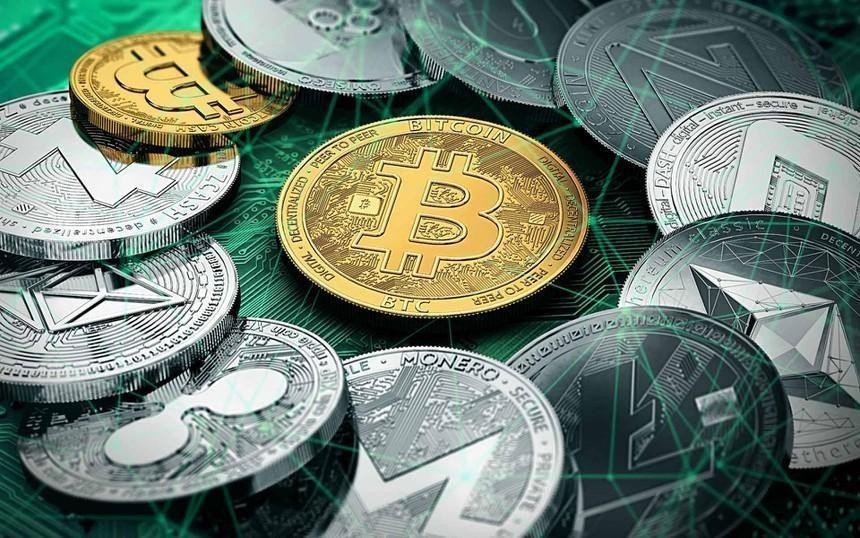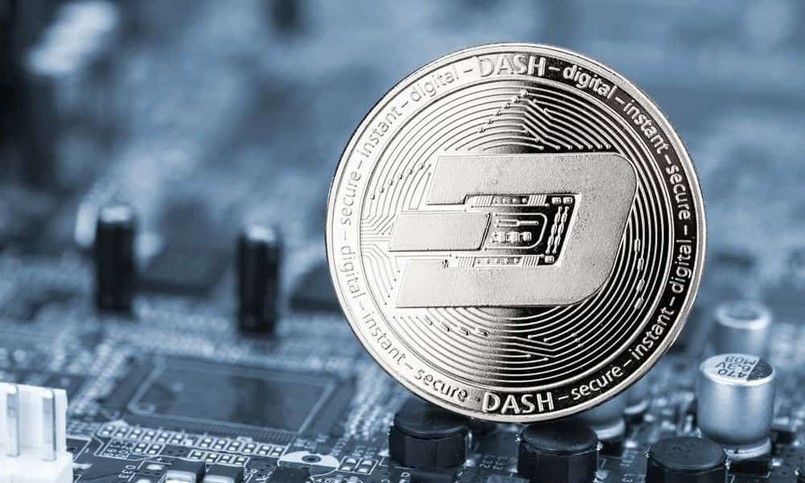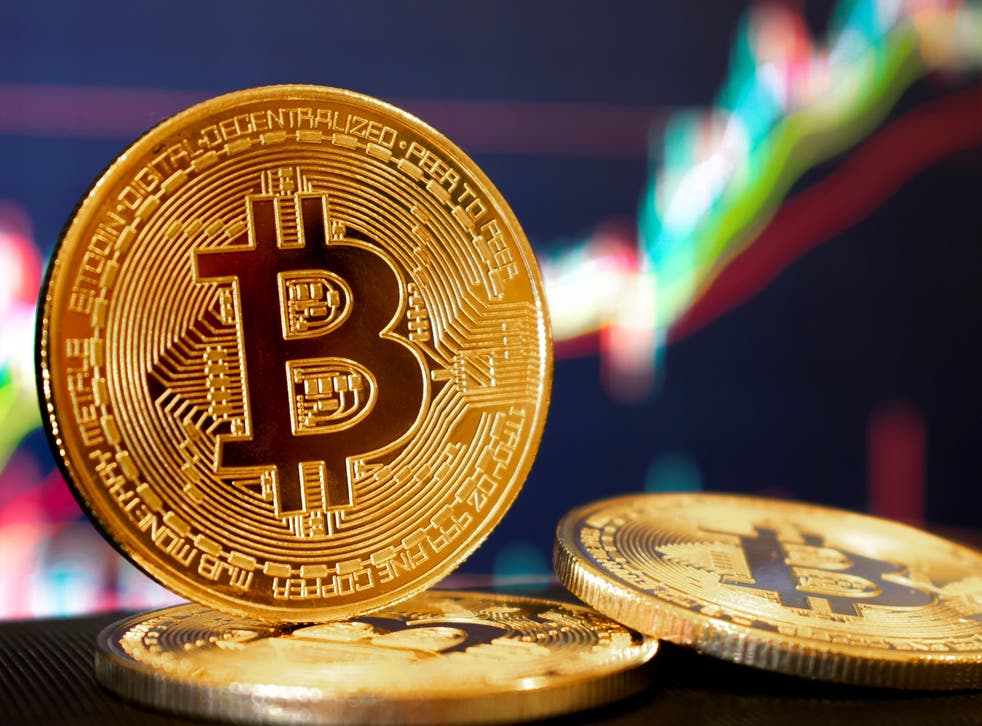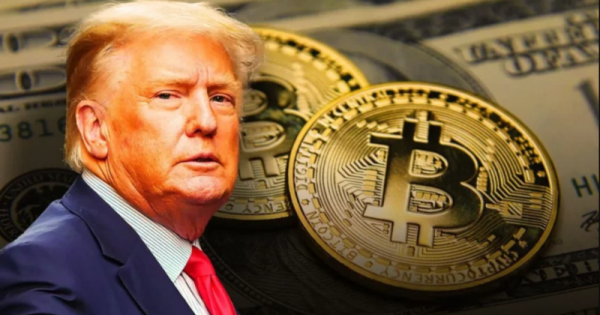Dash is a digital currency that provides fast, low-cost payments anywhere in the world. It aims to offer a user-friendly experience with a level of security equivalent to cash.
Software developer Evan Duffield launched Dash on January 18, 2014, under the initial name XCoin, which was later renamed Darkcoin. On March 25, 2015, it underwent another rebranding to Dash, inspired by its goal of becoming “digital cash.”
While many cryptocurrencies are rarely used for transactions, Dash has built a scalable digital payment system. In this article, you will learn what makes it unique, how it works, and whether you should consider buying Dash.

What Makes Dash Unique
The most unique aspect of Dash is its masternode system. A masternode is a special server with a full copy of the Dash blockchain. Users who own at least 1,000 Dash can operate a masternode to power several of Dash’s features.
These features include InstantSend, which allows transactions to be fully confirmed within two seconds, and CoinJoin, a method that runs a series of transactions and makes them harder to trace. In return for operating a masternode, users receive a portion of the block rewards from mining Dash.
While most merchants do not accept any cryptocurrency, Dash has had some success in this area. It launched DashDirect, a retail savings app, on July 27, 2021. This app allows you to make purchases with Dash at over 155,000 stores and 125 websites. It also includes discounts, with the discount amount depending on the retailer.
Another notable aspect is Dash’s user-friendliness. Its website clearly explains how Dash works and where you can buy it. This may seem minor, but it stands out compared to many cryptocurrencies with overly complicated websites.
How Dash Works
Dash is based on Bitcoin (BTC) but uses a two-tier network structure to improve efficiency. The first tier is the proof-of-work system, where mining devices solve complex puzzles. When a miner finds the correct solution, they can add a new block of transactions to Dash’s blockchain.
The second tier consists of Dash’s masternodes. Anyone proving ownership of 1,000 Dash can operate a masternode. These masternodes are responsible for Dash’s InstantSend and CoinJoin features, and they are also allowed to vote on governance and budget proposals.
Each time a block of transactions is added to Dash’s blockchain, it generates rewards. These rewards are split three ways:
- 45% to miners
- 45% to masternodes
- 10% to Dash’s governance budget
Currently, there are over 10 million Dash in circulation, with a maximum supply of 18.9 million. Dash can be used for shopping with retailers through its DashDirect app.
What Are the Risks of Dash?
Here are the most significant risks of investing in Dash:
- High volatility: Dash is very volatile, and its price can change by 10% or more in a single day. This is a common issue with any cryptocurrency investment, as they carry high risks but can also offer high rewards.
- Controversy over purpose: Dash faces a common cryptocurrency issue – whether it is a currency or an investment. Its goal is to become a global payment system, but this would require more stable prices. Otherwise, consumers will prefer to hold onto Dash hoping its value will increase.
- Controversy over launch process: Dash was called a scam due to issues at its launch. Notably, the mining difficulty didn’t adjust quickly enough, resulting in nearly 2 million DASH being released within the first 24 hours. Although founder Evan Duffield stated this was a mistake, some in the cryptocurrency community believe it was planned so a small group could mine a large amount of Dash.
If you decide to buy Dash, only invest what you can afford to lose. And if you want lower-risk exposure to cryptocurrency, consider cryptocurrency-related stocks.
Dash vs. Bitcoin: What’s the Difference?
A major difference is that Dash is much more efficient. Through its InstantSend feature, Dash offers transactions processed within seconds. Since the release of Dash 0.14, all transactions are effectively InstantSend transactions. Meanwhile, Bitcoin transactions take significantly longer.
Transaction fees with Dash are also much lower. Although the amount can vary, they typically cost from $0.01 to $0.02. Bitcoin transaction fees can range from $1 to over $30.
They also have different mining algorithms, which are the rules for the computational work involved in mining a cryptocurrency. Dash uses X11, a newer mining algorithm that requires less processing power. This allows it to use less energy and keep mining hardware cooler.
It’s hard to say whether Dash will succeed as a long-term investment, as its utility depends on becoming a payment system. But as a way to transfer money and make purchases, Dash has potential.





